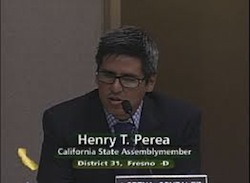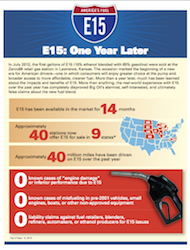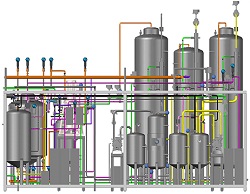A new online survey conducted by Harris Interactive finds that U.S. consumers are ill-prepared for the introduction of higher ethanol fuel blends such as E15. Commissioned by the Outdoor Power Equipment Institute (OPEI) the survey is misleading because E15 and higher blends of ethanol are not approved for any small engines, including boats and the ethanol industry has been very specific about this fact.
 In a phone conversation with Micheal Frohlich, director of communications for Growth Energy, he notes that this attempt is misguided because the Environmental Protection Agency (EPA) only approved E15 for vehicles manufactured in 2001 or newer and other higher blends of ethanol are only approved for flex fuel vehicles. He said that the labeling required for E15 and higher blends was designed specifically as an education tool for consumers so they don’t “mis-fuel”. He also noted that to date, no retailer currently selling E15 has ever has a mis-fueling claim or fuel complaint regarding E15.
In a phone conversation with Micheal Frohlich, director of communications for Growth Energy, he notes that this attempt is misguided because the Environmental Protection Agency (EPA) only approved E15 for vehicles manufactured in 2001 or newer and other higher blends of ethanol are only approved for flex fuel vehicles. He said that the labeling required for E15 and higher blends was designed specifically as an education tool for consumers so they don’t “mis-fuel”. He also noted that to date, no retailer currently selling E15 has ever has a mis-fueling claim or fuel complaint regarding E15.
While OPEI acknowledges E15 is not approved for use with small engines, they couch the problem by saying because they will be sold next to E10 or E0 fuels, consumers aren’t smart enough to choose the right, or “legal” fuel at the pump for their small engine.
Ron Lambery, a retail station owner and vice president of the American Coalition for Ethanol (ACE) notes, “Seventy-five percent of cars in the country are approved for E15 fuel. The fact that OPEI refers to that as ‘a small, subset of automobiles’ should tell you all you need to know about the accuracy of this report. This so-called ‘small subset’ will use nearly 100 times the fuel that could be used by all of the small engines in the United States combined.”Read More











